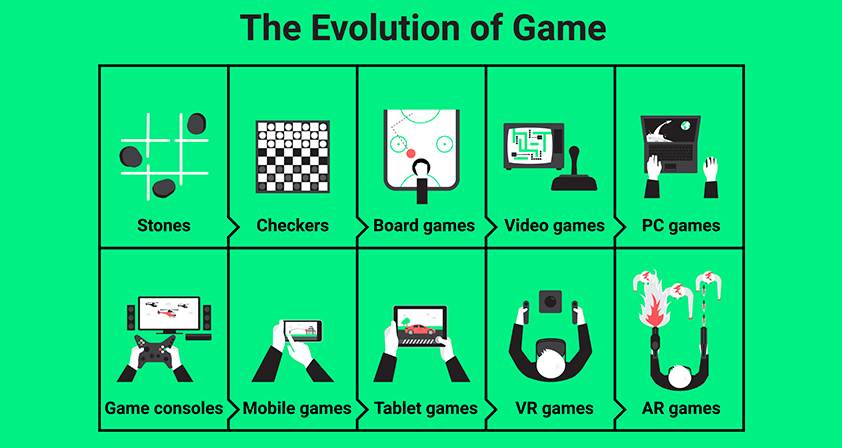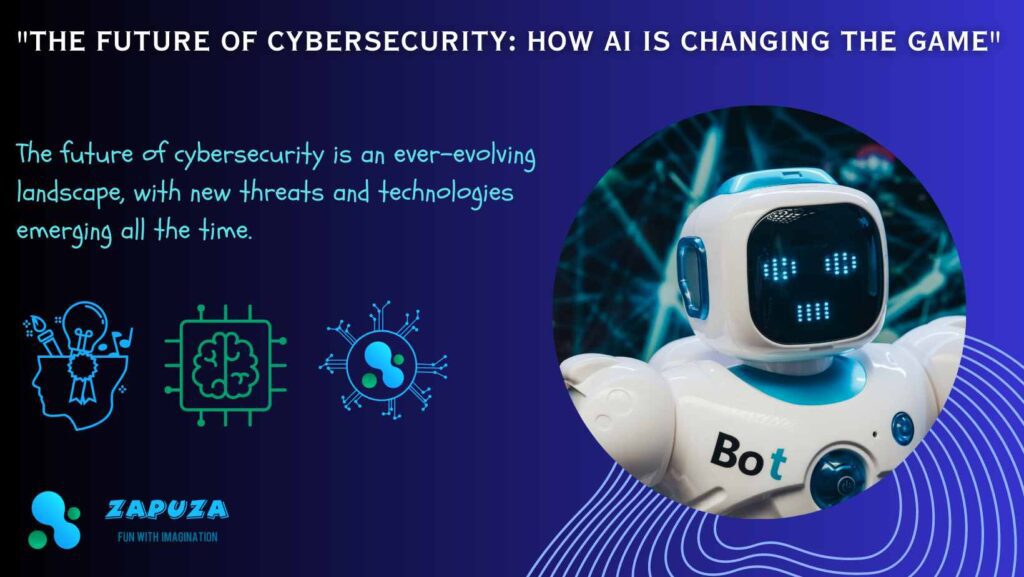The Evolving Landscape of Play: Computer Games in the Workplace of 2025
Related Articles: The Evolving Landscape of Play: Computer Games in the Workplace of 2025
Introduction
In this auspicious occasion, we are delighted to delve into the intriguing topic related to The Evolving Landscape of Play: Computer Games in the Workplace of 2025. Let’s weave interesting information and offer fresh perspectives to the readers.
Table of Content
The Evolving Landscape of Play: Computer Games in the Workplace of 2025

The year is 2025. The workplace has undergone a dramatic transformation. Gone are the rigid cubicles and endless rows of desks. Instead, flexible, collaborative spaces encourage movement, interaction, and a new approach to work. This shift is reflected in the evolving role of computer games in the workplace. No longer relegated to the realm of leisure, games are increasingly recognized as powerful tools for enhancing productivity, fostering creativity, and promoting well-being within the modern workforce.
Beyond Entertainment: The Rise of Gamification and Simulation
The integration of games into the workplace is driven by the concept of "gamification," the application of game mechanics and principles to non-game contexts. This approach leverages the inherent human desire for challenge, reward, and engagement to motivate and incentivize employees.
Gamification can manifest in various ways:
- Interactive Training and Onboarding: Gamified training programs utilize elements like points, leaderboards, and badges to make learning more engaging and memorable. This approach helps employees quickly grasp new skills and procedures, leading to faster onboarding and reduced training costs.
- Performance Management and Goal Setting: Games can be used to visualize progress towards goals, offering employees a clear understanding of their performance and motivating them to strive for improvement. This gamified approach fosters a sense of ownership and accountability, leading to increased productivity and engagement.
- Collaboration and Problem-Solving: Games designed for collaborative problem-solving provide a safe space for employees to experiment, learn from mistakes, and develop innovative solutions. This can be particularly beneficial for brainstorming sessions and team-building activities.
- Stress Relief and Employee Well-being: Games can provide a healthy outlet for stress, fostering a more positive and relaxed work environment. This can lead to improved employee morale, reduced burnout, and enhanced creativity.
Furthermore, simulations are gaining traction as powerful tools for workplace training. These immersive experiences allow employees to practice complex tasks and scenarios in a safe, virtual environment, preparing them for real-world challenges. This approach is particularly effective for industries like healthcare, aviation, and manufacturing, where training in real-world settings can be costly and potentially dangerous.
The Future of Work: Embracing Playfulness and Innovation
The increasing adoption of gamification and simulation reflects a fundamental shift in the workplace culture. It signals a move away from rigid, hierarchical structures towards a more collaborative, agile, and human-centered approach. This paradigm shift recognizes the importance of playfulness, creativity, and engagement in driving innovation and achieving organizational goals.
Benefits of Integrating Games into the Workplace:
- Enhanced Employee Engagement and Motivation: Games provide a sense of purpose, challenge, and reward, fostering greater engagement and motivation among employees.
- Improved Skill Development and Knowledge Acquisition: Gamified training programs and simulations offer a fun and effective way for employees to acquire new skills and knowledge.
- Increased Creativity and Problem-Solving Abilities: Games encourage experimentation, collaboration, and critical thinking, leading to more innovative solutions and improved problem-solving abilities.
- Enhanced Teamwork and Communication: Collaborative games promote teamwork, communication, and cooperation, fostering a more cohesive and productive work environment.
- Reduced Stress and Improved Well-being: Games can provide a healthy outlet for stress, promoting a more relaxed and positive work environment.
Addressing Concerns and Challenges:
While the benefits of integrating games into the workplace are undeniable, certain concerns and challenges need to be addressed:
- Time Management and Productivity: It is crucial to ensure that game-based activities are integrated strategically to avoid distractions and ensure that work remains the primary focus.
- Accessibility and Inclusivity: Games should be accessible to all employees, regardless of their gaming experience or preferences.
- Data Privacy and Security: It is essential to ensure that any data collected during game-based activities is handled responsibly and in compliance with relevant privacy regulations.
- Ethical Considerations: The use of gamification should be ethical and avoid manipulative or exploitative practices.
Frequently Asked Questions:
Q: What types of games are suitable for the workplace?
A: The type of games suitable for the workplace depends on the specific objectives. Some examples include:
- Skill-based games: These games focus on developing specific skills, such as problem-solving, critical thinking, or decision-making.
- Collaborative games: These games encourage teamwork, communication, and cooperation.
- Simulation games: These games allow employees to experience real-world scenarios in a safe and controlled environment.
- Educational games: These games focus on teaching specific knowledge or concepts.
Q: How can I ensure that game-based activities are productive and not a distraction?
A: It is essential to:
- Set clear goals and objectives for game-based activities.
- Allocate specific time slots for these activities.
- Monitor progress and ensure that they are contributing to desired outcomes.
- Provide feedback and guidance to employees.
Q: How can I make sure that game-based activities are inclusive and accessible to all employees?
A: Consider:
- Offering a variety of games that cater to different preferences and skill levels.
- Providing clear instructions and guidance on how to play the games.
- Creating a supportive and inclusive environment where everyone feels comfortable participating.
Tips for Implementing Games in the Workplace:
- Start small and gradually introduce games into the workplace.
- Choose games that align with your organization’s goals and objectives.
- Involve employees in the selection and design of games.
- Provide training and support to employees on how to use the games effectively.
- Monitor the impact of games on employee engagement, productivity, and well-being.
Conclusion:
The integration of computer games into the workplace is not merely a trend but a reflection of a fundamental shift in the way we work and learn. By embracing the power of playfulness and leveraging the benefits of gamification and simulation, organizations can create a more engaging, productive, and innovative workplace for all. The future of work is not just about efficiency and productivity but also about fostering a culture of creativity, collaboration, and well-being. Computer games, once considered a form of leisure, are now emerging as powerful tools for achieving these goals, paving the way for a more dynamic, engaging, and rewarding work experience for all.







Closure
Thus, we hope this article has provided valuable insights into The Evolving Landscape of Play: Computer Games in the Workplace of 2025. We thank you for taking the time to read this article. See you in our next article!
